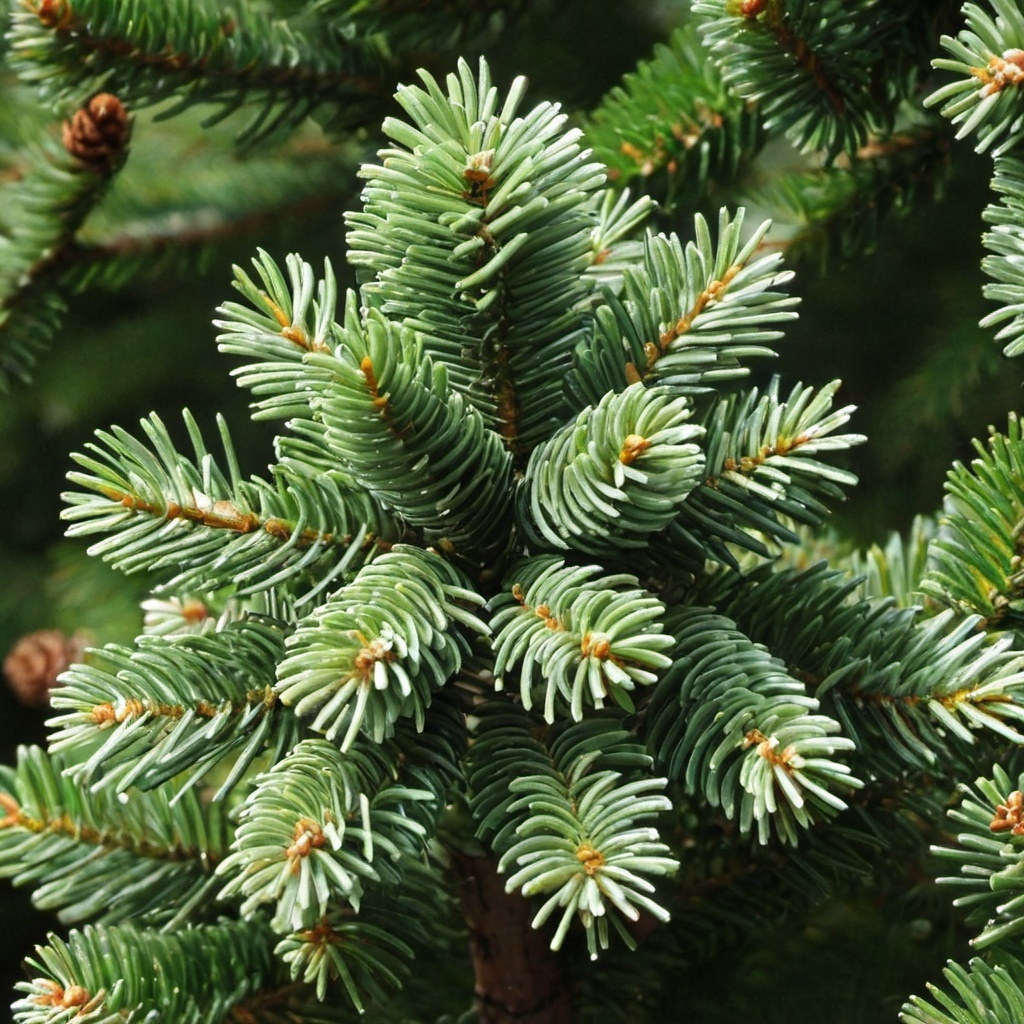Red Fir Tree Seeds
Red Fir Tree Seeds
Couldn't load pickup availability
Red Fir Tree Seeds
(Abies magnifica)
Abies magnifica, commonly known as the Red fir or California red fir, is a large evergreen tree native to the mountains of the western United States, particularly in California and Oregon.
Description
- Size: Red firs can grow to impressive heights, often reaching 130 to 200 feet (40 to 60 meters) with trunk diameters of up to 6 feet (1.8 meters).
- Bark: The bark is reddish-brown, thick, and deeply furrowed, which gives the tree its common name.
- Leaves: The needles are flat, curved, and about 1 to 1.5 inches (2.5 to 4 cm) long. They are dark green with two silvery bands of stomata on the underside.
- Cones: The cones are cylindrical, 6 to 9 inches (15 to 23 cm) long, and purplish when young. They mature to a brown color and disintegrate to release seeds while still on the tree.
Habitat
- Elevation: Red Fir is typically found at elevations between 4,000 and 10,000 feet (1,200 to 3,000 meters).
- Soil: Prefers well-drained, acidic soils.
- Climate: Thrives in regions with cold, snowy winters and mild summers. It is well-adapted to high-altitude environments.
Growth and Care
- Growth Rate: Moderate to slow-growing.
- Sunlight: Prefers full sun to partial shade.
- Water: Requires regular watering, especially during dry periods, but is relatively drought-tolerant once established.
Uses
- Timber: The wood of Abies magnifica is valued for its light weight and strength, making it useful for construction, paper production, and other applications.
- Ornamental: Its striking appearance makes it a popular choice for large landscapes, parks, and natural settings.
- Ecological: Provides habitat and food for various wildlife, including birds and mammals.
The Red Fir is a majestic tree that plays a significant role in its native ecosystems and offers various practical uses.
Zones: 6 to 8
Stratification Requirement: Seed requires 30-60 days cold moist stratification.
Planting Instructions:
Stratification: Place the seeds in a zip lock bag with moist seed starting mix. Store the seeds in your fridge for 30-60 days to mimic winter conditions and break dormancy.
Sowing: Once stratified, plant the seeds in a well-draining seed-starting mix. Ensure they are covered lightly with soil.
Watering: Keep the soil consistently moist but not waterlogged.
Light: Place the pots in a location with bright, indirect light.
Germination: Be patient, as germination can 1 to 3 weeks. Monitor for sprouts and continue to care for them with proper light and water.
Transplanting: When the seedlings are strong enough, gradually acclimate them to outdoor conditions before transplanting them into their permanent location
Share


